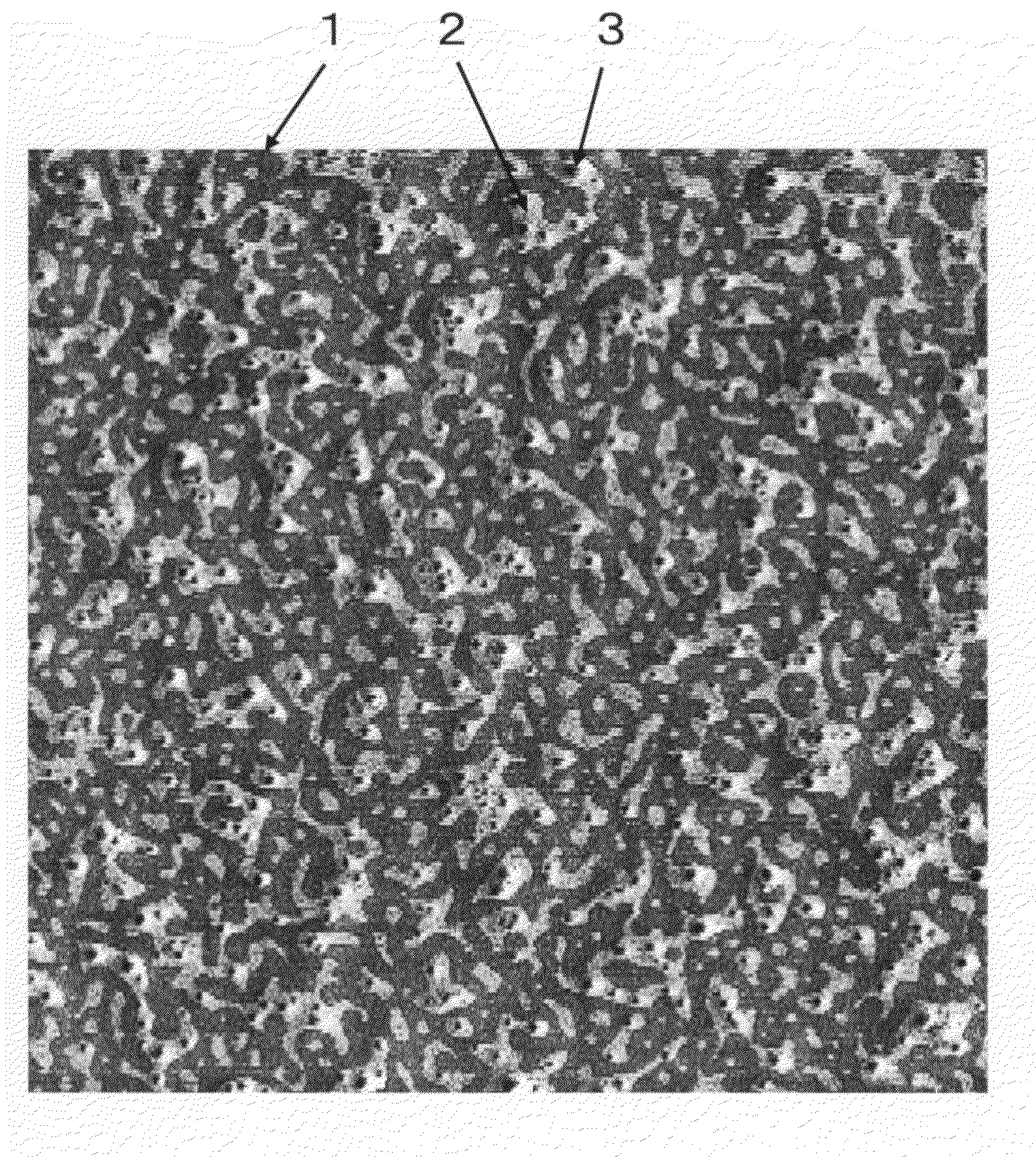Laminated thermoplastic resin film and laminated thermoplastic resin film roll
a thermoplastic resin and laminate technology, applied in the field of laminated thermoplastic resin film roll, can solve the problems of poor adhesion to various paints, devoid of polar groups, polyolefin film, etc., to achieve excellent adhesion and blocking resistance, improve humidity and heat resistance, and improve the effect of handlingability
- Summary
- Abstract
- Description
- Claims
- Application Information
AI Technical Summary
Benefits of technology
Problems solved by technology
Method used
Image
Examples
example 1
(1) Preparation of Coating Liquid
[0296]A coating liquid used for the present invention was prepared by a following method. Ninety-five parts by mass of dimethyl terephthalate, 95 parts by mass of dimethyl isophthalate, 35 parts by mass of ethylene glycol, 145 parts by mass of neopentyl glycol, 0.1 part by mass of zinc acetate and 0.1 part by mass of antimony trioxide was fed into a reaction container for ester-exchange reaction at 180° C. for 3 hours. Next, 6.0 parts by mass of 5-sodium sulfoisophthalate was added for esterification reaction at 240° C. for 1 hour followed by polycondensation reaction at 250° C. under a reduced pressure (10 to 0.2 mmHg) for 2 hours to obtain a copolymerized polyester resin having a number average molecular weight of 19,500 and a softening point of 60° C.
[0297]7.5 parts by mass of 30% by mass aqueous dispersion of the resultant copolymerized polyester resin (A), 11.3 parts by mass of 20% by mass aqueous solution of self-crosslinking polyurethane resin...
example 2
[0308]The laminated polyester film was obtained in a same manner as Example 1 except that the coating liquid was changed to coating liquid B in which 10% by mass aqueous solution of fluorinated cationic surfactant (Phthagent 310 produced by Neos Company Limited) pretreated in a same manner as Example 1 was used as the surfactant used for the coating liquid.
example 3
[0309]The laminated polyester film was obtained in a same manner as Example 1 except that in the heat fixation treatment step, temperature of each of the heat fixation zones was set at 190° C. in the first heat fixation zone, 205° C. in the second heat fixation zone, 220° C. in the third heat fixation zone, and 220°C. in the fourth heat fixation zone.
PUM
 Login to View More
Login to View More Abstract
Description
Claims
Application Information
 Login to View More
Login to View More - R&D
- Intellectual Property
- Life Sciences
- Materials
- Tech Scout
- Unparalleled Data Quality
- Higher Quality Content
- 60% Fewer Hallucinations
Browse by: Latest US Patents, China's latest patents, Technical Efficacy Thesaurus, Application Domain, Technology Topic, Popular Technical Reports.
© 2025 PatSnap. All rights reserved.Legal|Privacy policy|Modern Slavery Act Transparency Statement|Sitemap|About US| Contact US: help@patsnap.com



